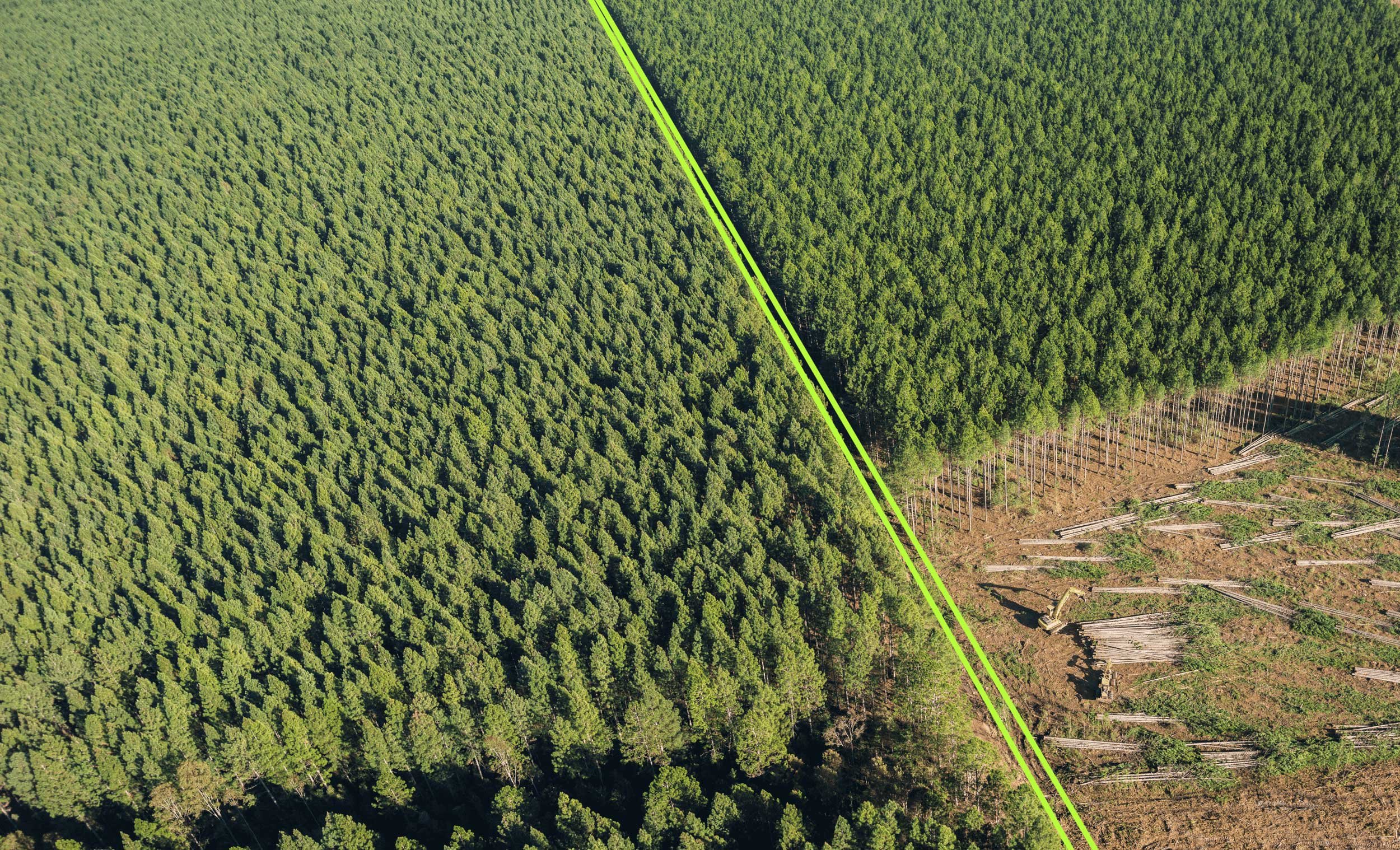
3
Results of Stafford’s 2021 Certification Survey
Stafford undertakes a survey on the adoption of third party certification across all our clients’ investments every two years, with the most recent applying to areas under management as at 31 December 2020. This survey requests details on:
The gross area managed, the area certified and the certification standard;
Where certification is not in place, the justification for this decision;
Whether any type of certification has been refused, suspended or withdrawn; and
The gross area covered by conservation easements on title.
As covered in our introduction, we are very pleased to report that of the 4.4 million ha of land now in entities in which Stafford funds have an interest, a total of 4.3 million ha or approximately 97% are third party certified, and thus managed to pre-defined principles of sustainability.
The survey captured a very broad sample, covering 11 countries across three continents and all timberland managers that Stafford has active investments with. The survey found that the main choice of certification standard was PEFC accounting for 49% of gross area under management, implemented through the SFI (46%) and Responsible Wood (3%) initiatives. This was followed by the FSC, accounting for 35% of all forest area.
Dual FSC/PEFC certification was reported separately and represented 14%, while the US based American Tree Farm (ATF) standard accounted for 1% of forest area.
Areas not certified totalled approximately 143,200 ha or 3.2% of Stafford’s area under management, primarily due to situations where certification is impractical or uneconomic to implement. These include:
75,500 ha (1.7%) of forests that are currently in liquidation, and due to their stage in the investment process, do not warrant undertaking the certification process;
41,200 ha (0.9%) of the area is either agricultural land or in the process of being converted to its original agricultural land use, hence is not eligible for ongoing forest management certification;
13,800 ha (0.3%) of the forests were classified as timber deeds or mitigation banking assets not suited to forest management certification; and
12,700 ha (0.3%) of small, dispersed or juvenile forest assets that are not commercially viable to certify.
Adjusting total certified area for those assets that are currently in the process of being liquidated or are technically classified as agriculture, increases the total certified area percentage from 97% to over 99% of area under management.
Pleasingly, we can report again that no investment had its third party certificate refused, suspended or withdrawn since the previous survey was conducted in 2019.
